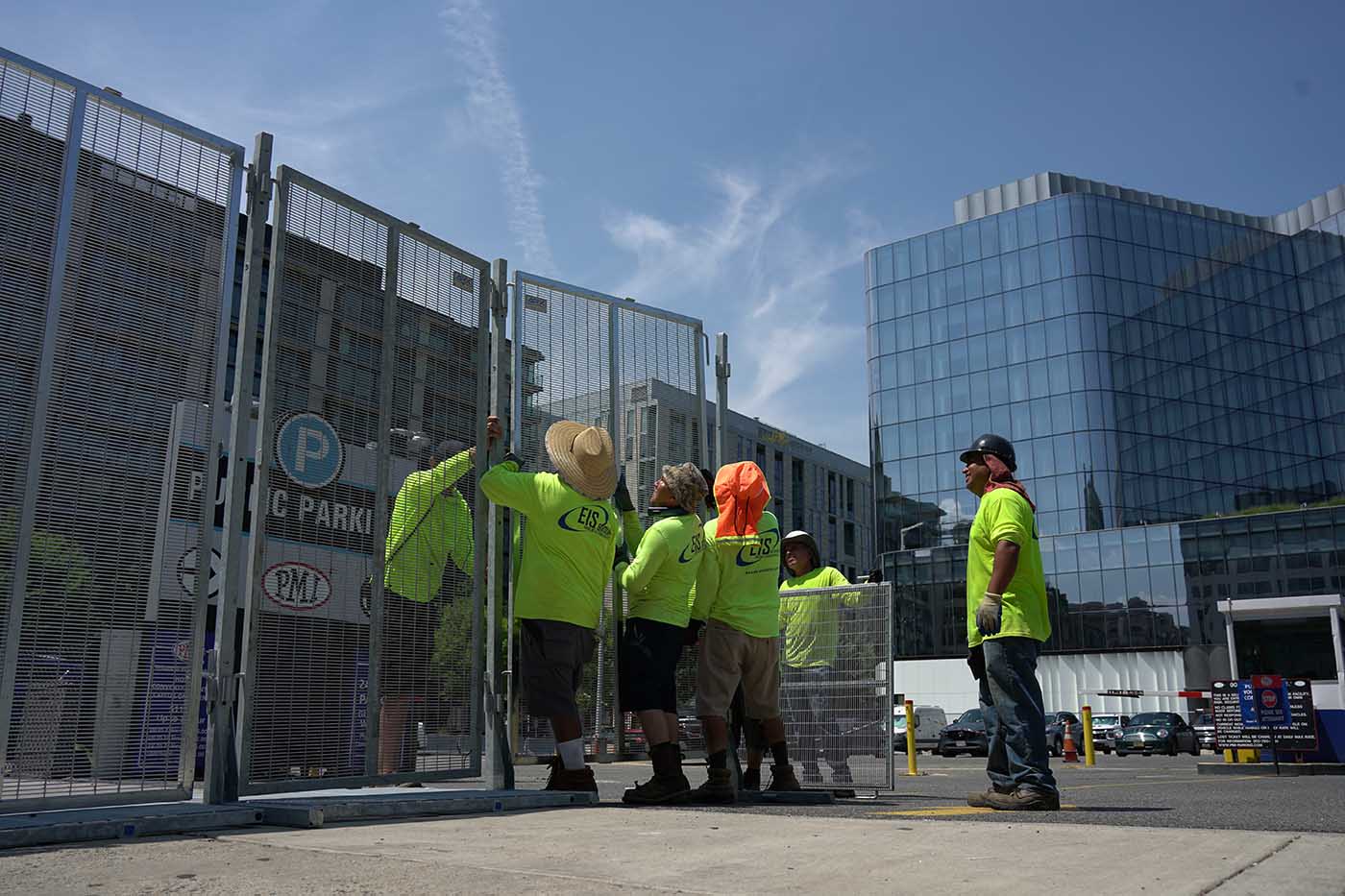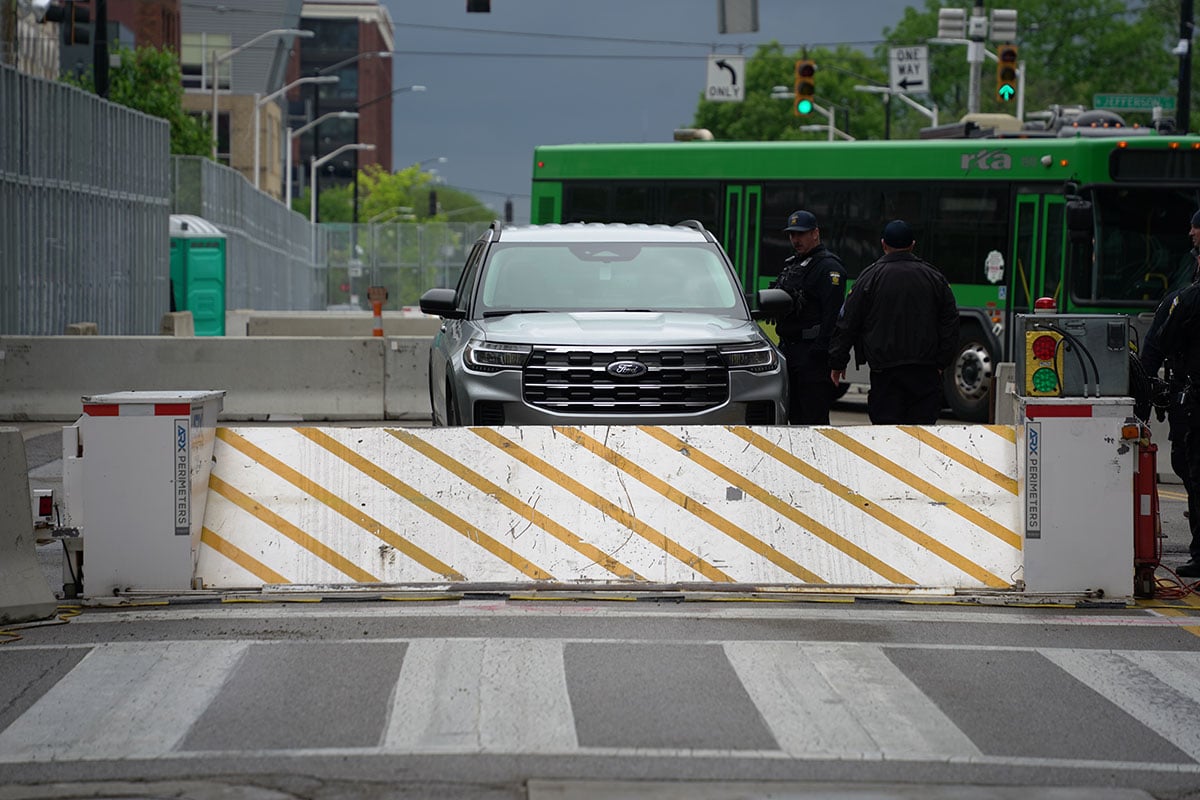Vehicle attacks have been an increasing issue for public safety over the past few decades but especially in the past 10 years. Between 2014-2017 there were 17 vehicle attacks in the United States. This doesn't even include the most recent vehicle attack in New Orleans where a terrorist drove around a police vehicle, killing 14 and injuring 35 people.
When you think about a terrorist attack most people think of large scale incidents with firearms or explosives but less often do people think about vehicles.
If you were to really think about what it takes to pull off a larger terror attack with explosives, there has to be cooperation between different persons planning the attack. Whereas, an individual looking to cause harm could simply drive a vehicle into a large crowd and cause serious injury or death like we recently saw in New Orleans.
To mitigate these potential attacks, law enforcement, municipalities, and public works need simple solutions to deny the threat. This is where Hostile Vehicle Mitigation (HVM) Barriers come into play.
Which type of vehicle barriers should you invest in?
That question comes down to two things:
Do these barriers need to be passive (Permanent barrier systems) or active barriers (mobile vehicle barrier systems)?
If you are a federal or state agency, defense organization, or any other high-echelon security entity, you are probably looking for a more permanent solution. You might be looking for bollards, wedge barriers, or other barrier systems that are typically installed during initial construction.
These passive vehicle barriers are typically heavier systems than the mobile HVM barrier systems and require heavy machinery to install or move.
If you are in law enforcement, public works, or even the military that are looking for an HVM system that you can move at a moment's notice, you will be looking for a mobile vehicle barrier system. These active barriers are popular for special events that require temporary street closures like farmers markets, sporting events, concerts, military checkpoints, music festivals, parades, or other special events.
The objective is to provide a secure perimeter that will deter and deny intentional or unintentional vehicle attacks from causing serious damage to property, injury or death.
Crash-tested & Certified Vehicle Barriers
So, we’ve identified which type of HVM vehicle barrier that we need. Next, you need to know if the barriers have been crash-tested and certified. Certified being the key here.
There are many certifications around the world and all have different parameters and results for their testing. If you’d like to learn more about different crash-tests and how they are conducted click here to watch our video on crash tests.
We’re looking to make sure that whichever system you need, they have been tested and certified. One thing that is super important for your mobile vehicle barriers…do they have wheels on them? If so, it is important for you to confirm with the distributor or manufacturer that they were tested and certified with the wheels on.
If so, were they tested with the wheels on or off? Make sure when you are doing your due diligence you get a clear and accurate answer to this question.
We’re talking about life saving potential.
What About Storage, Transport, and Deployment?
Three things that you will need to consider when you are researching your barrier system.
- How and where are you going to store them?
- How and who is going to transport them?
- How quickly and easily can you deploy them?
We’ve provided a lot of barriers to multiple organizations across the US, and these points of interest come up often. Most, if not all, mobile vehicle barriers are heavy pieces of equipment and finding a solution that allows you to easily store and transport provides your deployment team time when deploying and recovering.
Solutions like our Pitagone F18 Mobile Vehicle Barrier Trailer Kit is a great example of a mobile vehicle barrier system that provides you with the storage, the transport, and easy to deploy and recover.
Recap
When and if you have determined that your department needs to invest in an HVM system, make sure you decide between a permanent or mobile solution. For either vehicle barrier option, make sure that the system is crash tested and certified. Remember that you want this to be rapidly deployable and easy for you deployment team operate.
If you have any questions about HVM Barrier Systems, you can reach out to us at info@arxperimeters.com or contact us online today for a consultation about what solution works best for you.
Related articles

Strategic Mobility: Why Border Patrol Needs Rapidly Deployable Security Fencing
Carson Schenk | Apr 8, 2025 9:35:58 AM

The Premier Anti Climb High Security Fencing System For Temporary Use
Chase Tobin | Jan 7, 2025 7:45:00 AM



